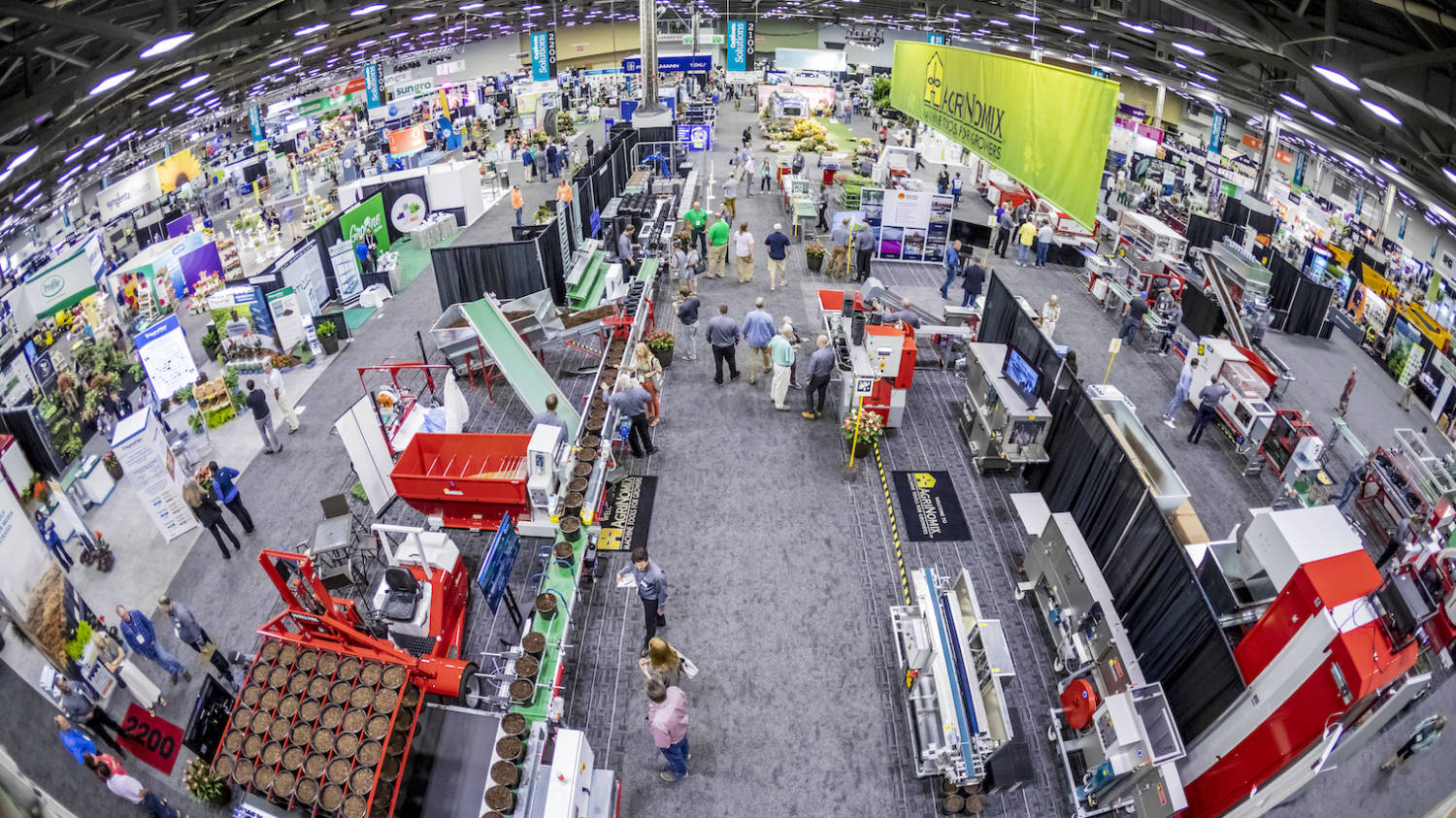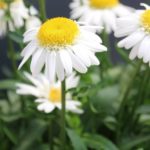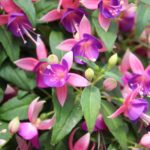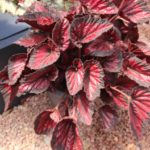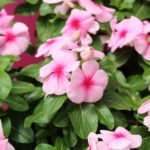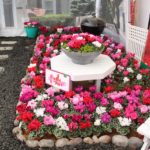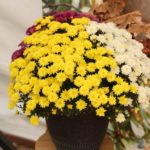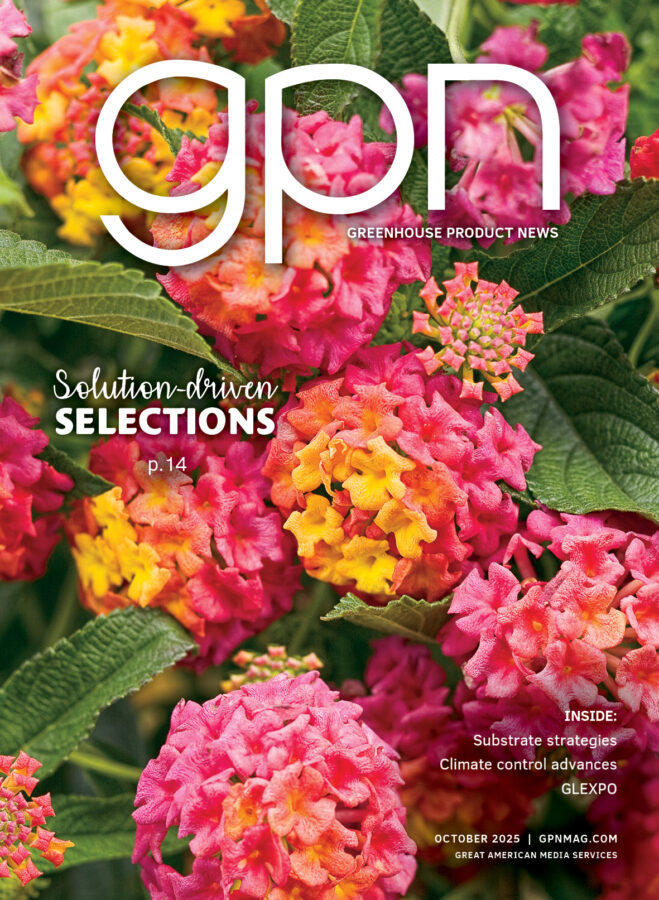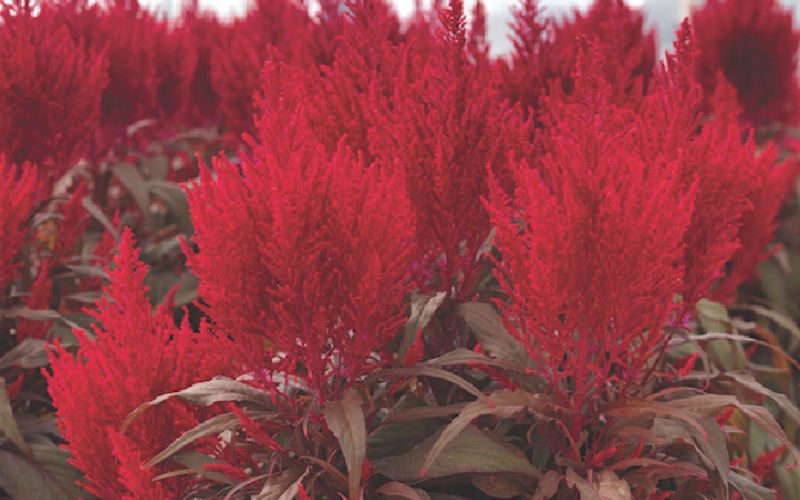
Culture Report: Celosia ‘Dragon’s Breath Red’
‘Dragon’s Breath Red’ celosia from Sakata Seed has certainly captured the attention of growers, retailers and garden enthusiasts across the country with its deep, iridescent maroon foliage and flowering plumes.
Along the West coast, East coast, deep south and throughout the Midwest, springtime bedding plant sales have experienced excellent sell through with this billowing beauty. But what if you want to extend Dragon’s Breath sales into the late summer months? Can it be used in combination pots for fall sales as well? The answer, of course, is yes and yes.
In recent articles, Sakata has focused on spring sales and how to produce Dragon’s Breath crops in flower for the traditional high-volume, peak selling weeks. However, in order to finish flowering Dragon’s Breath crops for summer and fall, growers must implement a different day-length regimen.
Photoperiodic Response
Dragon’s Breath celosia is an obligate short day plant, meaning in order for the crop to initiate flowering, less than 11 hours of day-length is required.
Many celosia varieties, including Dragon’s Breath, are able to initiate flowering at 14 to 21 days after sowing. For a summer or fall crop, when the natural day length is greater than 11 hours, black-clothing after day 21 will be required to ensure the crop will flower for its finish week.
Maintaining short days (less than 11 hours) for a continuous period of 21 to 28 days will ensure the crop does not abort the early bud formation.
Combination Pots

Dragon’s Breath plants are outstanding when paired with other sun-loving, flowering plants. The bright blooms of SunPatiens, SuperCal petunias, or Profusion zinnias will contrast beautifully against the dark red foliage of Dragon’s Breath celosia. To achieve well-balanced combinations, a couple of different techniques could be employed to guarantee Dragon’s Breath is in bloom when needed.
When transplanting the component plants into the finished container, a smaller empty pot can be inserted into the center, which then could be filled with a Dragon’s Breath plant after the short-day requirement has been achieved and the plant has initiated flowering — a simple drop-in procedure.
Or, the component plants could be transplanted at a later stage of growth into the final container, and the entire combo subjected to short days. There should be no issues of less, or no flowering as long the other component plants are day neutral, or have already begun flowering. SunPatiens (which are day neutral), vegetative SuperCal or Profusion zinnias will have begun flowering, so short days for a period of 21 days will not be a problem.
Another option is to use Dragon’s Breath’s dark red foliage as the centerpiece of the combination and allow the plants to bloom naturally under short days as the season’s day length grows shorter. This can be used especially in the warm climates of the southern and western United States.
Fertilizer Requirements
To maximize the intense deep red color of celosia Dragon’s Breath, the following cultural points are highly recommended.
- Use calcium-nitrate based feeds.
- Excessive ammonium and phosphorous can cause lush, vegetative growth and green foliage.
- After plants and roots have become established, maintain soil EC levels at 1.0 or less to maintain deep red foliage.
- Keep adequate potassium, magnesium and boron levels in the feed applications to avoid distortion, misshapen or discolored foliage.
Temperature
The finished quality of Dragon’s Breath crops can be enhanced with cooler night temperatures. Well-toned and strong growth, along with a deeper red foliage and flowers, will result from average daily temperatures of 68 to 70° F. This means that by allowing the plants to be subjected to lower night temperatures in the high 50s to low 60s, the overall redness of the plants will be stronger.








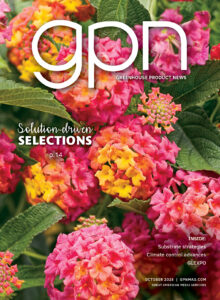
 Video Library
Video Library 
